Origine of stone lantern.
yama
19 years ago
Related Stories

REMODELING GUIDESLove the One You're With: Honoring a Home's Original Charm
Before you jump into teardown mode, consider these 3 examples of homes whose quirkiness is a draw
Full Story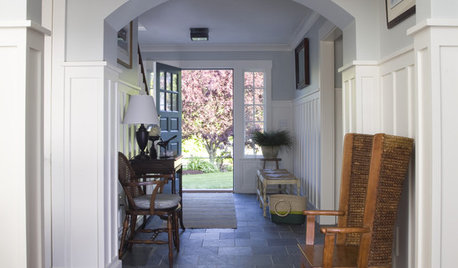
FURNITUREOrigins Revealed: The Orkney Chair Goes From Humble to Haute
Straw and driftwood made up the original versions, but Orkney chairs have come a long way from their modest island beginnings
Full Story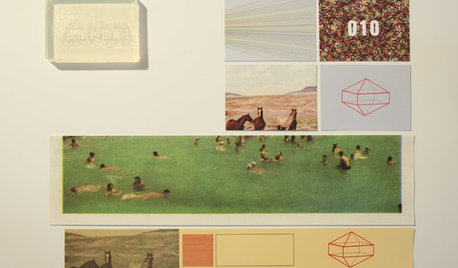
Houzz Call: Show Us Your Original Holiday Card
Calling all designers! We want to see your original Christmas and Hanukkah card designs
Full Story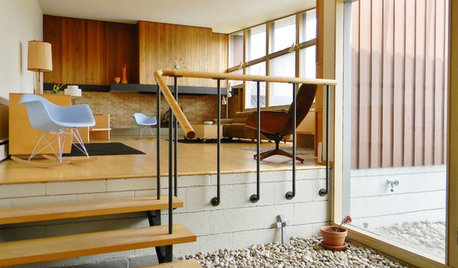
HOUZZ TOURSMy Houzz: Original Drawings Guide a Midcentury Gem's Reinvention
Architect's spec book in hand, a Washington couple lovingly re-creates their midcentury home with handmade furniture and thoughtful details
Full Story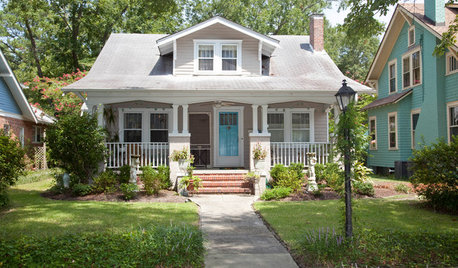
ARCHITECTURERoots of Style: Origins and Interpretations of the Bungalow
Bungalows translate effortlessly across continents and cultures to adapt comfortably to many styles and regions
Full Story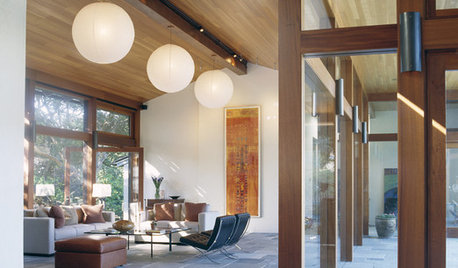
ACCESSORIESMake Things Magical With Paper Lanterns
Set some poetry in motion with affordable Asian-style paper lanterns that enchant as everyday or party decor
Full Story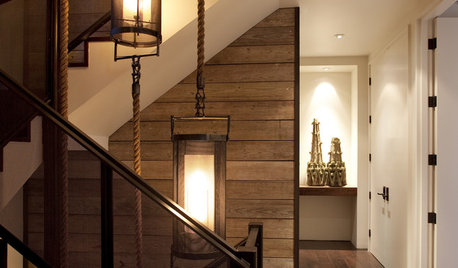
LIGHTINGDesign Details: Raise a Rad Lantern
Add a Beautiful Lantern for Warm Welcome, Classic Style or a Touch of Romance
Full Story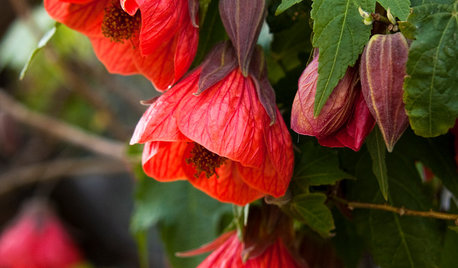
GARDENING GUIDESGreat Design Plant: Chinese Lantern
Light the way to visual delight in the garden with Chinese lantern's papery blooms and pretty colors
Full Story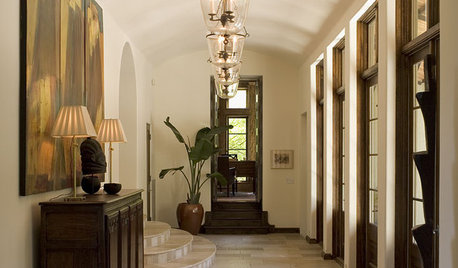
LIGHTINGRing In Lighting Style With a Bell Jar Lantern
Bell jar lanterns have cast off the darkness since the Dark Ages — could one light the way in your own home?
Full Story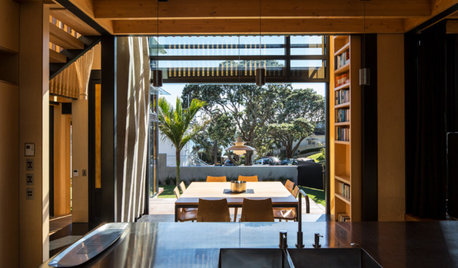
HOMES AROUND THE WORLDHouzz Tour: A Shoreline Home Glows Like a Lantern
This sailing-mad family’s house in New Zealand, inspired by traditional boat sheds, responds to light and wind
Full Story





george_in_the_uk
inkognito
Related Professionals
Edmond Landscape Architects & Landscape Designers · Sahuarita Landscape Architects & Landscape Designers · Concord Landscape Contractors · Federal Way Landscape Contractors · Fruit Heights Landscape Contractors · Midland Landscape Contractors · Quincy Landscape Contractors · Soddy Daisy Landscape Contractors · Southbury Landscape Contractors · Wallingford Landscape Contractors · Whittier Landscape Contractors · Green Bay Decks, Patios & Outdoor Enclosures · Inwood Decks, Patios & Outdoor Enclosures · Lockport Decks, Patios & Outdoor Enclosures · St. Louis Decks, Patios & Outdoor EnclosuresyamaOriginal Author
inkognito
yamaOriginal Author
inkognito
yamaOriginal Author
yamaOriginal Author
yamaOriginal Author
inkognito
edzard
Gorfram
yamaOriginal Author
edzard
Gorfram
inkognito
yamaOriginal Author
edzard
edzard
inkognito
yamaOriginal Author
gregoryjohn
yamaOriginal Author
Gorfram
Jando_1
Cady
Cady
kobold
Jando_1
jeepster
yamaOriginal Author
edzard
DonPylant
yamaOriginal Author
yamaOriginal Author
DonPylant
edzard
yamaOriginal Author
yamaOriginal Author
edzard
inkognito
edzard
inkognito
edzard
yamaOriginal Author
inkognito
shellare
yamaOriginal Author